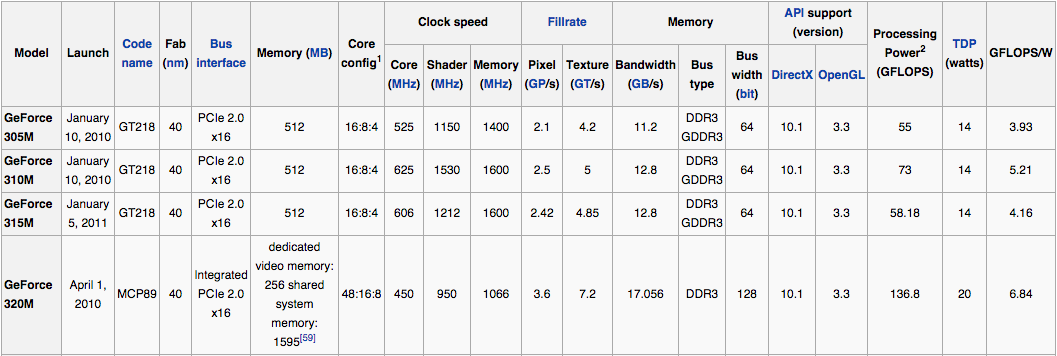
It has explicit CSS position properties (relative, absolute or a transform) Common cases of RenderObject that warrant the creation of a RenderLayer: There's a number of conditions that will trigger the creation of a new RenderLayer for a particular RenderObject, as defined in RenderBoxModelObject::requiresLayer() and overwritten for some derived classes. RenderLayers exist so that the elements of the page are composited in the correct order to properly display overlapping content, semi-transparent elements, etc.

are affected by the same CSS transform) typically belong to the same RenderLayer. RenderObjects that share the same coordinate space (e.g. Įach RenderObject is associated with a RenderLayer either directly or indirectly via an ancestor RenderObject. The SkPicture is a serializable data structure that can capture and then later replay commands, similar to a display list. But to move painting off the main thread (covered in greater detail later in this document), these commands are now instead recorded into an SkPicture.
OPENGL FOR CHROME MAC SOFTWARE
immediately painted into a software bitmap (see this document for more detail on this older model of how Chrome uses Skia). Traditionally most GraphicsContext calls became calls to an SkCanvas or SkPlatformCanvas, i.e. In Chrome, the GraphicsContext wraps Skia, our 2D drawing library. A GraphicsContext is responsible for writing the pixels into a bitmap that eventually get displayed to the screen. It does so by issuing the necessary draw calls to a GraphicsContext.
OPENGL FOR CHROME MAC HOW TO
A RenderObject knows how to paint the contents of the Node on a display surface.

RenderObjects are stored in a parallel tree structure, called the Render Tree. Įach node in the DOM tree that produces visual output has a corresponding RenderObject. The top level Node of the DOM tree is always a Document Node. Each HTML element on a page as well as text that occurs between elements is associated with a Node. In Blink, the contents of a web page are internally stored as a tree of Node objects called the DOM tree. In order to understand how GPU acceleration works in Chrome it’s important to first understand the basic building blocks of how Blink renders pages.
OPENGL FOR CHROME MAC CODE
The source code for the Blink rendering engine is vast, complex, and somewhat scarcely documented. Code paths that aren’t under active development will be covered here only minimally. For a breakdown of what’s enabled where, see the GPU architecture roadmap. This document will focus on the most advanced architecture at the time of writing, which is not the shipping configuration on all platforms. Lastly, before we begin, a big disclaimer : the Chrome graphics stack has evolved substantially over the last several years. Parallelism between the CPU and GPU, which can operate at the same time to create an efficient graphics pipeline. The hardware is designed specifically for these types of workloads.Įxpensive readbacks aren’t necessary for content already on the GPU (such as accelerated video, Canvas2D, or WebGL). The benefits of hardware compositing come in three flavors:Ĭompositing page layers on the GPU can achieve far better efficiency than the CPU (both in terms of speed and power draw) in drawing and compositing operations that involve large numbers of pixels. Using the GPU to composite the contents of a web page can result in very significant speedups. With capable GPUs now an integral part of even the smallest of devices, attention has turned on finding ways to more effectively use this underlying hardware to achieve better performance and power savings. Traditionally, web browsers relied entirely on the CPU to render web page content. This document provides background and details on the implementation of hardware-accelerated compositing in Chrome.

RenderObject to LayoutObject, RenderLayer to PaintLayer). Note also that some class names may have changed (e.g.

Updated May 2014 This code is changing due to Slimming Paint and thus there may be large changes in the future. Tom Wiltzius, Vangelis Kokkevis & the Chrome Graphics team


 0 kommentar(er)
0 kommentar(er)
